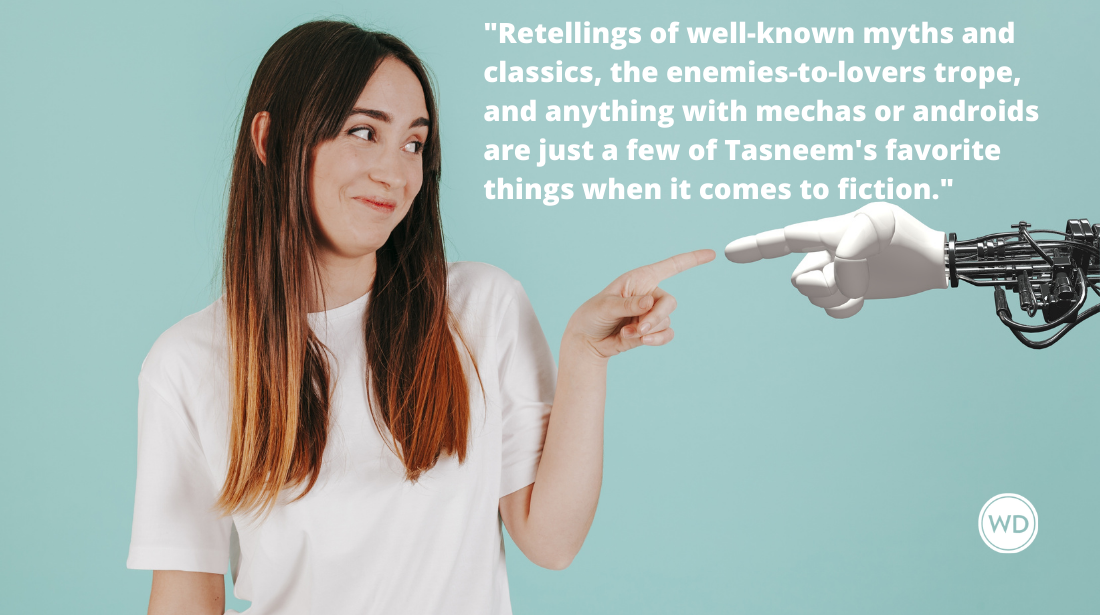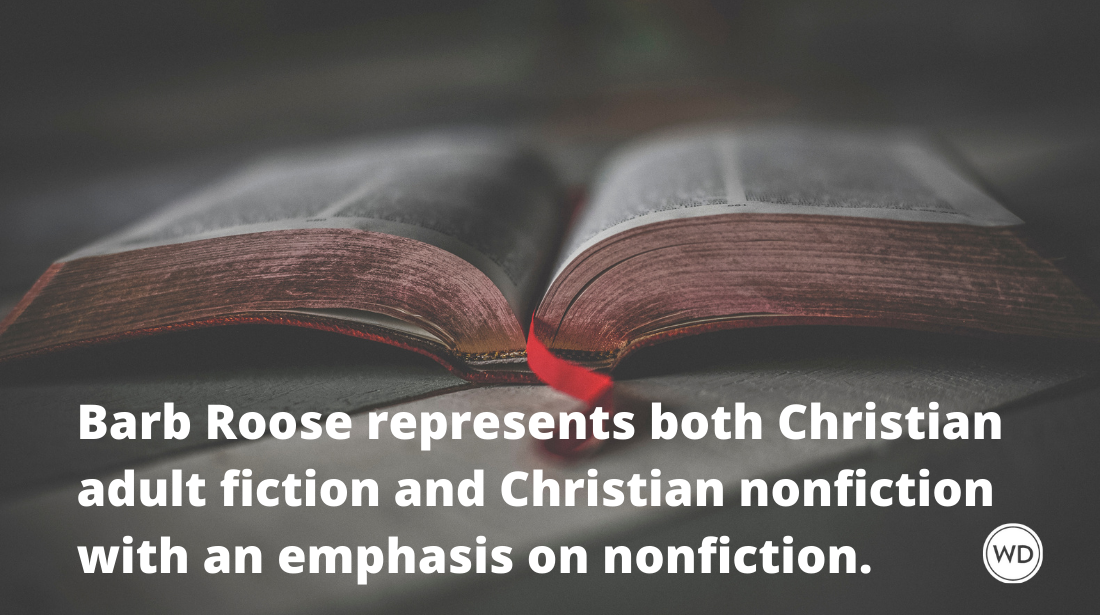How I Got My Agent: Steve Weddle
“How I Got My Agent” is a recurring feature on the Guide to Literary Agents Blog, with this installment featuring Steve Weddle, author of COUNTRY HARDBALL. These columns are great ways for you to learn how to find a literary agent. Some tales are of long roads and many setbacks, while others are of good luck and quick signings. Steve’s agent is Stacia Decker of Donald Maass Literary Agency.
“How I Got My Agent” is a recurring feature on the Guide to Literary Agents Blog, with this installment featuring Steve Weddle, author of COUNTRY HARDBALL. These columns are great ways for you to learn how to find a literary agent. Some tales are of long roads and many setbacks, while others are of good luck and quick signings.
Order a copy of Steve Waddle's Country Hardball today.
THE FIRST THING I DID WAS WRITE A NOVEL
The first I did was write a novel. I didn’t write a great novel. I didn’t write a terrible novel. I wrote a novel that was completed, had characters you could relate to, had an easy-to-follow plot, and showed promise of what I could do.
That novel will never sell. Ever.
But that’s the novel that got me my agent. And here’s how.
We had a saying in Louisiana: “First, you make a roux.” In this case, that was the novel. After that, I researched agents using Writer’s Digest publications and various websites. I read the acknowledgements of books I liked to find those writers’ agents. I read agent interviews. I emailed authors who seemed approachable.
After a month or so, I had a few dozen agents on my target list. So I made a spreadsheet.
TESTING THE WATERS
My thinking was that it was better to send out a query to a few agents, then see what the response was. If no one wanted pages, then my query was no good. So, I wrote a query that I thought was good and sent if off to some of my writer friends.
Learning to write a good query letter is an experience all its own, and not one I ever hope to go through again. I said a little thing about the book, then a little thing about me. Eventually, I got a decent letter.
I went back to the spreadsheet and hit up a dozen of the most likely agents and a couple who were way out of my league. My spreadsheet had fields for the agent’s name, email address, agency. It also had space for the date I sent the query out and when, if ever, I heard back. I added a space for notes, because some agents offered personal comments. Not that first round, though. That was a disaster.
I went back to the second round of agents. This time, I used the old query plus a new one I’d written. Also, I got my five pages down pretty good. I still like those first five pages. They were like focusing on the kitchen counter instead of the whole house. I can keep that little spot clean, and if the agent thinks that’s indicative of the rest of the house, then we’re in business.
For the second round, I kept track of which query went to which agent and whether I sent pages along. If the agent said to send pages with the query, I always did. And about half the time, I sent the first five pages even if they didn’t ask.
With the new tweaks, I had a slightly better rate of success. I then added fields for the date pages were requested. A few agents asked for the entire manuscript. So I made a column for that and made notes. When those rejections came back, I noted that, too.
I learned a great deal about querying agents in those first two rounds. The most important thing I learned is that the sea of agents is deep. You’ll never exhaust every agent. I could have sent to ten agents a day six or seven years ago, and I’d still have new agent to query tomorrow.
At about that time, I realized I needed to be selective. As writers, we tend to rush to that next step. We end our writing too soon. We sign with the first agent who offers. We sign over our next three books to whatever house will have us. We want to be agented. We want to be published.
I took a breath, took a couple weeks off from the query process.
Then I narrowed it down to just a few agents. I had my novel, which included a solid first ten pages at that point. I had a good query. I had a better understanding of the process.
NARROWING DOWN THE AGENTS
I sent out that handful of queries. Pretty quickly, I heard from two agents requesting fulls and soon after received another request. The difference is that I had all the pieces in place – the query, the first five, and the full – and I had targeted the agents who seemed right for me.
Looking back on the spreadsheet, I see that there are still agents who didn’t respond, who will never respond. I bothered agents who would never represent the gritty literary fiction I write. I cluttered up their inbox because they seemed cool in an interview or represented a science-fiction author I liked to read. I was using a shotgun when I should have used a rifle.
I had serious discussions with two agents within a week, going back and forth trying to find the right fit. It’s pretty clear I did find the right fit, as the brilliant Stacia Decker of Donald Maass Literary Agency has guided me through the craziness that is the publishing world.
I’m sure I spent time doing many things I needn’t have done, but those things got me here. I’d suggest making a spreadsheet to manage your queries, but limiting the number of rows by aiming for the right agent, not just any agent.
And keep in mind that the novel that lands you an agent might not be the novel that lands you your first book deal. A fast ball might get you drafted by the Yankees, but it takes a good breaking ball to get to the World Series.
Steve Weddle grew up on the Louisiana/Arkansas line, holds an MFA in creative writing from Louisiana State University, and currently works for a newspaper group. His debut novel, COUNTRY HARDBALL, was called “downright dazzling” by the New York Times Book Review. He lives with his family in Virginia. Follow him on Twitter.




